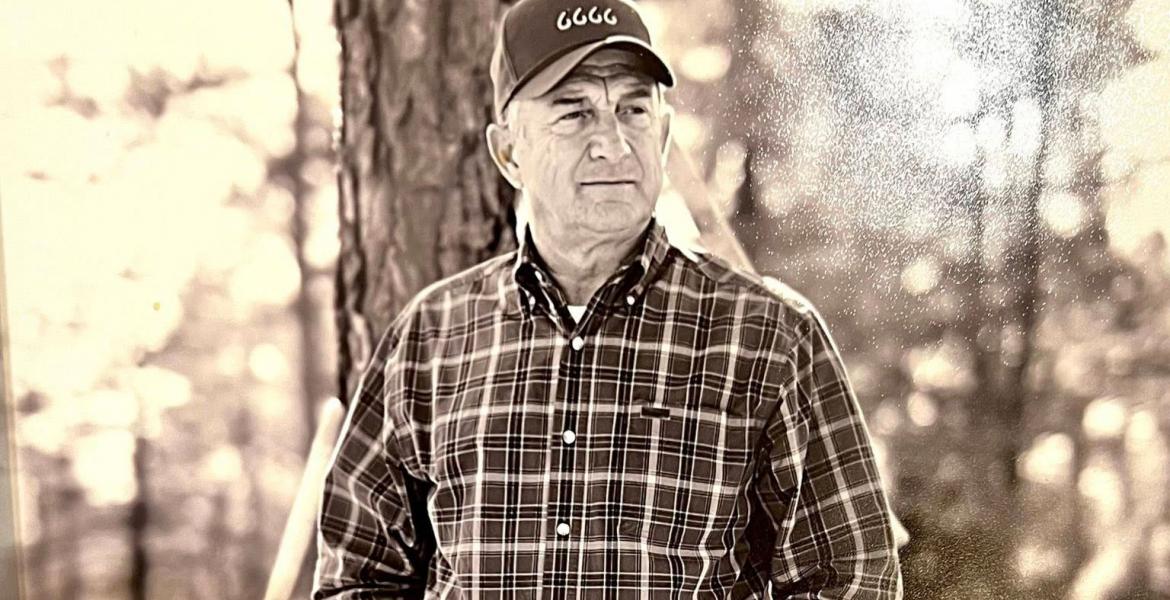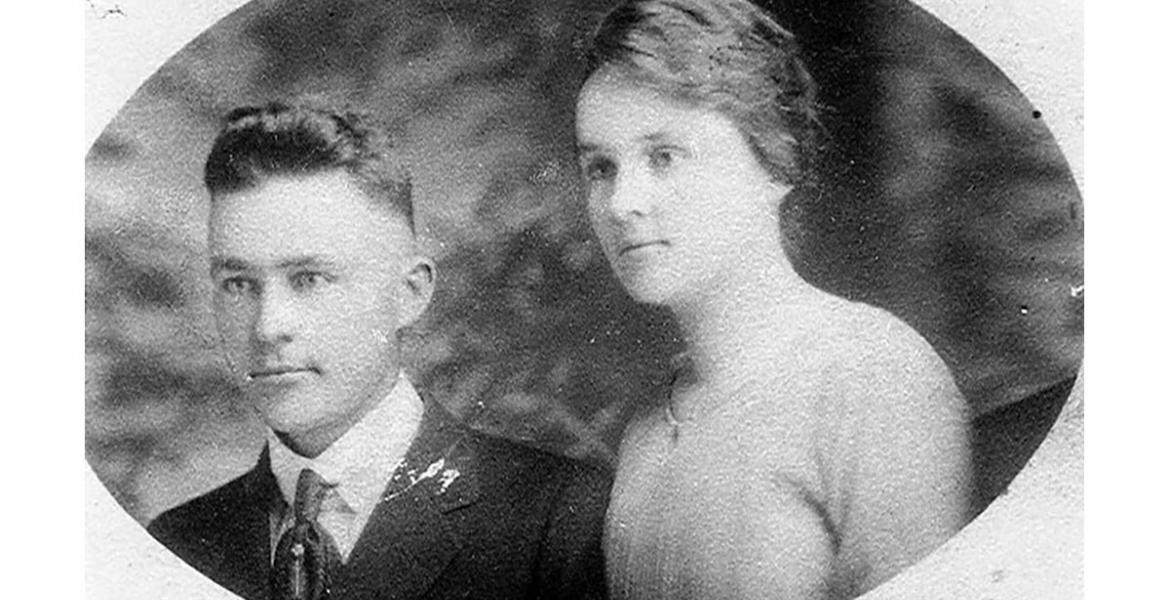“In order to know virtue, we must first acquaint ourselves with vice.” - Marquis de Sade
In the world of body modification, the most common types we see are things like ear gauging or tattoos, sometimes scarification or subdermal implants. Most of these practices have roots in ancient ritualistic traditions, and have been culturally appropriated (for better or worse) into modern fads. One such form of body modification, derived from various rites and rituals of antiquity is known as body suspension, or simply suspension.
Body suspension could best be described as a mixture of light aerial acrobatics and extreme body modification, in which a participant's skin is anchored to large hooks and then suspended for extended periods of time.
Some who engage in body suspension are self-described adrenaline junkies seeking an intense endorphin rush, others are in search of the "mind over matter" experience, or an awakening of "spiritual consciousness" by way of transcending the barriers of pain into states of euphoric tranquility or self-awareness.
The practice of body suspension has been traced and recorded as far as 5,000 years ago in India. Today, in the Tamil processions commemorating the ancient celebration of Thaipusam, participants practice a rite known as vel kavadi, in which acts of self mortification are exhibited in honor of Hindu gods, such as Murugan and Subramaniam. Worshippers pierce and decorate their flesh with skewers and trinkets anchored with hooks, in addition to performing various acts of body suspension.
The Native American Mandan tribe used suspension rituals, known as Okipa, to celebrate the rite of passage of young men into adulthood, as well as in ceremonies in which the Mandan appealed to the "Great Spirit" for a bountiful harvest and supply of buffalo. In these rituals, young men prepared with days of fasting, and were then suspended from large stakes or frames for hours on end; buffalo skulls or other weights were added to compound the challenge.
The Sun Dance was another ritual with "suspension" elements, practiced by the indigenous peoples of the Great Plains. A wooden peg is pierced through the chest of the male participants and connected to a tree with a rope. These dancers dance towards the tree in prayer and then finally outward, in which they lean back until the weight of their bodies rips the peg from their chests. This moment signifies the gift of vision and enlightenment, given to them by the "Great Spirit".
The piercing elements of the Sun Dance were officially outlawed in the U.S. in 1904, in true American imperialist fashion: the Native people's ways aren't ours, they frighten our fragile, ignorant sensibilities and should be outlawed -- or else.
The American Indian Religious Freedom Act of 1978 ultimately decriminalized these and other Native American rites and practices.
Modern suspension techniques (as known today) were presented into the mainstream by Fakir Musafar, a shaman and artist who's credited as the founding father of the "modern primitive" movement, performed the first publicly known Okipa in 1963. His writings, exhibitions and interviews have been featured in countless publications, from psychiatry journals to fetish magazines, earning him the admiration and cult followings from spiritual practitioners and kink connoisseurs alike.
As many practitioners of Musafar's work do so for reasons of vanity or vulgar attempts at shock value, Musafar's concept of "body play" (as he called it), was one of merging primitive tradition with a modern, practical application -- serving the needs and exploring the potential of the mind, body and spirit.
Body suspension is performed (usually) as a group effort. The ideal make-up of a suspension team consists of 3 necessary areas of operation. The "clean" sterilize equipment and pierce flesh, the "working" operate the machinery, and the "contamination" clean up and dispose of any biohazardous materials. Each field must be kept entirely seperate and executed with precision and care. Most suspension artists are certified EMT's who are well prepared for minor medical emergencies; some go a bit further and request participants attain a doctor's clearance prior to an attempted suspension.
At the beginning of the process, the suspendee's flesh sterilized, then a piercing needle is used to puncture through the skin and into the subcutaneous fatty tissue. The size of the needle should ideally be of a slightly smaller gauge than the hook, to assure a snug fit with less bleeding.
Special care is taken upon piercing/hooking; a hook which is situated too deep causes the skin on either sides of the punctures to bunch, in effect adding excessive pressure. On the other hand, too shallow of a piercing shifts the force of the weight to the center of the pierced skin, which is then prone to tearing. The skin, however, is a very strong and resilient organ, and with the proper precautions, suspension induces little if any complications (during and after).
Most hooks used in suspension rituals are barbed, stainless steel fishing hooks (used to catch salmon or octopus), and must be carefully selected in accordance to the dimension of the skin to which it's going into and ultimately supporting.
Beginners sometimes choose to suspend with straps, to acclimate themselves to the suspension itself, or to be used in conjunction with minimal hooking, as they may wish to start out slowly and gradually work their way towards exclusively suspending with hooks.
Suspendees and suspenders are instructed to proceed with caution; generally allow 15-20 pounds per hook. As one becomes familiar with their pain threshold, they may choose to progressively challenge themselves by using fewer hooks (e.g. 20-40, 40-80 pounds per hook). A consideration of the type of suspension which is to take place should also factor in; the hooks allotted for a static weight suspension may not be appropriate to handle a dynamic load of the same weight.
In addition to weight, one must consider the type of suspension position in the performance when quantifying an appropriate number of hooks to be used. Vertical suspensions can be performed with as little as 4 hooks, as the weight distribution is focused at one single point. Horizontal positions naturally require more hooks, which evenly support the hips, chest and extremities.
Suspension always carries the risk of skin tearing, with certain parts of the body being more vulnerable, such as the knees and the chest. Tearing, however, is a rare occurrence and is usually the result of poorly executed rigging, excessive swinging, or both. If tearing is noticed by the suspension artist, they will lower the suspendee and check on or attend to their wounds. In most cases of tearing, a few stitches are all that's required.
Falls are always a concern as well, though are more likely to occur when improperly inserted hooks slide out due to an inordinate degree of motion. It's in any prospective suspendee's best interest, to seek out experienced suspension artists.
Rigging operation is the second phase of the process. The techniques and safety measures utilized observed are similar to those in construction and rock climbing. The suspension artist in this field must know the ceiling inside and out (how it's constructed, what it's supporting and what additional weight it may support).
The rig operator also must gauge and factor in the required force necessary to lift the suspendee and how much force they're putting on the suspendee. The rate of acceleration and angles of motion must be calculated as well, in tandem with monitoring the stress which the pulleys, rig and hooks are absorbing.
As a rule of thumb, it's reccommended to rig for at least three times the amount of weight you are expecting to accommodate.
After the hooks are in place and the rig is prepared, it's time to "go up".
There are an array of different positions in suspension to choose from. Some have personal preferences, while others explore the variety.
The "suicide" position (named for the resemblance of someone hanging from a rope) is a vertical suspension. The "crucifix" is a variation of the former, with the arms extended horizontally.
The "inverted knee" position, is a suspension in which hooks are inserted into the tops of the knees and the person is hung upside down.
In the "superman" position, the suspendee is hoisted from hooks within their back and the back of their limbs; the "coma" position is a similar horizontal suspension, with the suspendee facing upward, hooked from the front of their body.
A "marionette" suspension is a slightly more involved set up, as hooks are inserted into the back, legs, and arms, and then manipulated with individual pulleys by the suspension artist/s, -- in effect, creating a living marionette.
Suspendees describe the initial sensation as a combination of intense pressure with a stinging burn; some feel as though they may be going into shock or sudden feeling of nausea. After an extended period of being suspended, most describe a "peak", which is the point where the pain intensifies to extreme heights and clashes with the rush of adrenaline and serotonin, giving them the euphoria and altered state of being which ultimately follows. Therein lies the payoff.
There's been several takes on suspension, which have been merged with other activities or forms of art:
A competitive game called "pulling", combines suspension and tug-o-war. It can involve 2 people hooked directly to each other, or a group of people hooked and anchored to a center ring. The participants then pull outward from the center until others submit -- verbally or physically.
Marlo Marquise, a professional model and member of New Mexico's Ascension Suspension troupe, incorporates body suspension with elements of burlesque, fire eating and performance art. Suspension is one of her many acts in which she interpolates daring and dangerous stunts with provocative and seductive displays of physical prowess.
Recently at the 2014 Dallas Suspension Practitioner Convention, an elaborate take to human body suspension was unveiled, known as the Orbitron. The Orbitron is a gyroscope in which a person is suspended from different points within, and succumbs to the random orientation of it's angular momentum as it spins.
A suspension team based in the U.K. known as State Of Bliss recently participated in London's World Zombie Day, in which a group of "handlers" strolled around with a team of zombies, all of whom were secured and contained by the hooks in their flesh which were fastened to leashes. State Of Bliss (who's work can be seen in the short documentary Hook Love) have done some of the most impressive exhibitions in the world of suspension artistry; the suspension cycle and the 28 point coma suspension among some of their notable efforts.
Suspension has always carried a stigma, since it's discovery by the colonists who settled within North America and Canada, where suspension rites were practiced. The consequential, modern aversion to the subject matter of bloodshed and pain, plays into people's dissociative self denial of reality, that one should never feel pain or believe that pain (in of itself) has any redeeming value.
The refusal to accept pain, as a necessary component to the human condition, ironically has the potential to exacerbate suffering, rather than alleviate it. This isn't to say that pain can be ignored or decisively conquered, rather craftily manipulated and exploited to one's advantage; pain can be channeled and harnessed as an enduring tool of empowerment, rather than an ephemeral expression of vulnerability.
Body suspension is the sensorial confrontation of pain and an arena for self-discovery. The ability to shape and cultivate an ideal state within one's mind, in accordance with one's will, is nothing short of an act of a magician.
Never let it be said, that nothing can be gained from just "hanging around".
Subscribe to the LIVE! Daily
Required






Comments
Listed By: serenity at last
- Log in or register to post comments
PermalinkListed By: Puddles the Clown
... and would like to incorporate the art of body suspension into his next Postmodern Jukebox appearance.
I'd like to croon 'Hurt', by Nine Inch Nails, while hanging from Scott Bradlee's apartment ceiling. I'll run it up the flagpole @ the next PMJ brainstorm sesh and see if anyone salutes. Thank you, Lares, for another intriguing article.
- Log in or register to post comments
PermalinkPost a comment to this article here: